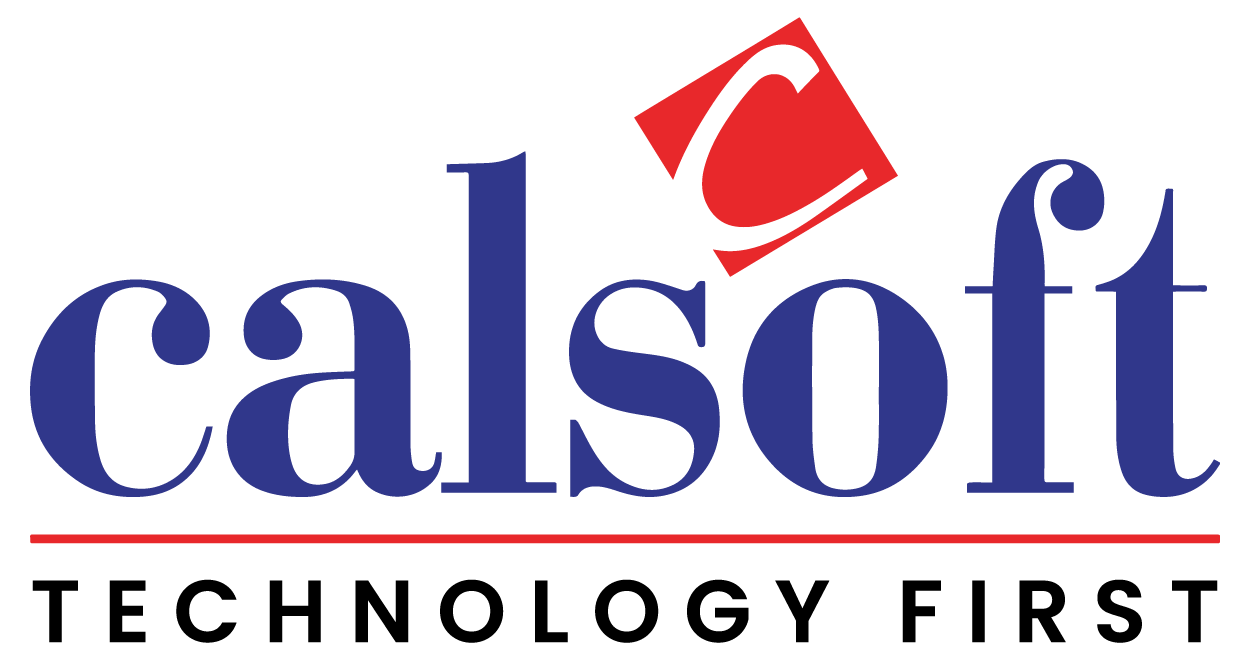IPv4 is a 32 bit IP system which supports only 4 billion IP addresses that each device on the internet can use. Growth in the number of connected devices in last few years is pushing US agencies to transition to IPv6 protocols. In fact, the US government mandated all organizations to move their IT ecosystem (devices as well) to fully support IPv6. IPv6 is 128-bit addressing protocol supports 340 trillion addresses which will be sufficient for a number of IoT devices to be coming in future. Transition to IPv6 will not just increase the amount of addresses but it enables innovation in terms of reliability, user experience, security, integrity, and performance in internet connected environment.
Transitioning will be not easy for enterprises who are currently in the roadmap towards digital transforming their operations. There will be time, efforts and cost will be involved for making their IT ecosystem compliant to IPv6. But, to support newer applications along with security and performance needs by future devices, transitioning complete IT ecosystem will be a stepping stone for enterprises.
In this ebook, we have addressed the key areas of IPv6 that will benefit enterprises in their move towards transition. We have covered
- What is IPv6 and why we need it.
- Features
- General and security benefits
- Transition methods
- Imperatives for IPv6 transition
- Case Studies
- Transition barriers/concerns
Fill the Form to download this eBrief
Our Latest eBriefs
The roll-out of 5G technology generates innovative opportunities for Communication Service Providers (CSPs) to deliver novel business models and applications that leverages 5G capabilities such as higher data rate, massive,...
The roll-out of 5G technology generates innovative opportunities for Communication Service Providers (CSPs) to deliver novel business models and applications that leverages 5G capabilities such as higher data rate, massive,...
The integration of 5G with AI and analytics has the potential to transform various industries such as Healthcare, Manufacturing, Public Safety etc. by enabling new levels of connectivity, real-time data...
Network transformation is necessary for Telecom Service Providers to deliver innovative business models in the future. With transformations in both RAN and Core networks, AWS Cloud becomes a standard hyper-scalable...
In the era of electric and modern vehicles, onboard computing devices and sensors are generating vast amounts of data. These data sets can be used to improve vehicle performance and...
Telco cloud plays a pivotal role in transforming the Telecom industries. This e-Brief focuses on the key technology enablers such as SDN, NFV, and Cloud-Native solutions that enable telco service...
This eBrief explores the power of progressive web apps in improving the UX of digital products and services.
Telco cloud plays a pivotal role in transforming the Telecom industries. This e-Brief focuses on the key technology enablers such as SDN, NFV, and Cloud-Native solutions that enable telco service...
The demand for 5G is rising, and as a result, Mobile Network Operators have started setting up the infrastructure needed to meet it.
The Service Mesh is an integral part of any microservices-based architecture. Designed to allow all the separate microservices to work together seamlessly, this piece of tech is smoothening the road...
In this eBrief, we will have a look at how Mobility solutions are being looked at and adapted across several industries and what the future holds for them.
Kubernetes platform is popular with data centers that are in transformation mode and want more benefits from underlying applications and infrastructure.
Kubernetes solves many complexities involved in software-based 5G telecom networks. The realization of 5G services will be the outcome of how Kubernetes will be used by telecom operators to achieve...
the brief description of how an implementation of DPDK can boost network performance and processing operations.
This ebrief focuses on current scenarios of adoption of Kubernetes for edge use cases, current Kubernetes + edge case studies, approached of deployment and open source and commercial solutions.
RAN components in telecom infrastructure transform into software-based components with Open RAN. Disaggregated RAN functionality with open interfaces brings innovation and encourages competition.
Kubernetes platform is popular with data centers that are in transformation mode and want more benefits from underlying applications and infrastructure. Kubernetes makes the modernization of the environment easy and...
This eBrief focuses on the challenges in adopting Open RAN and highlights the role the different technology communities play in eliminating these challenges.
This eBrief will focus on the key aspects to consider while modernizing OSS and BSS systems and how they can be transformed into microservices architecture.
This ebrief will guide decision makers about the steps needed to implement an overarching and impactful data governance strategy.
In this eBrief, we will understand the basics of existing tools and frameworks that can be used to achieve data protection, replication, and migration.
The shift to remote working is pushing more and more businesses to adopt cloud technology. However, that is leaving them vulnerable to cyber-attacks on corporate infrastructure and remote users.
Technology-driven businesses are opting for AI-based security solutions to protect and remediate their infrastructure from cyberattacks. It is not possible for businesses to scale their security systems to all the...
In past five years, enterprises are increasingly focusing a large part of their security budgets on protecting endpoint devices that are a part of their network, generating and sending data...
ServiceNow is a leading ITSM platform adopted by many enterprises to manage their assets in various departments. It enables enterprises to provide services based on tickets and alerts from different...
This eBrief is created to guide the technical leaders in an organization about the key developments in the Kubernetes security landscape.
Kubernetes has gained a lot of popularity in recent times due to its phenomenal application in orchestrating containers. Storage plays one of a crucial part in overall Kubernetes architecture.
For enterprises and businesses, integration is a crucial component in the journey of digital transformation as most of them are moving to cloud based IT infrastructure. Integration at various scales...
This ebrief will help decision-makers understand every aspect of setting up the right policies and configuration for storage resources in edge networks.
The process of gaining business intelligence will be a never-ending process as more and more devices are being added to IoT. But this puts pressure on data processing and storage...
In the last few years, VMware has rapidly moved beyond its traditional monopoly of enabling compute virtualization within/outside data center, towards the public cloud.
Adoption of cloud by businesses has been revolutionized from hybrid to multi-cloud wherein different services can be leveraged for deploying and managing different workloads.
o highlight the potential of microservices to disrupt the competitive growth of every businesses and help understand the key technical specification, we have constructed this ebook.
This ebook will take any technology leader through core IT technology and software landscape required to build core infrastructure of 5G network.
We have crafted this ebook to emphasize Kubernetes technology and how it is disrupting the IT ecosystem to support highly automated and efficient data center for almost any type on...
Computing capabilities offered in versatile cloud computing are getting much advanced with Edge computing where it enables processing of data generated by growing number of ‘smart’ devices within its close...
This ebook to showcase the basics of blockchain technology and how this technology can be helpful for multiple industries.
this eBook to glance through the NVMe technology and its current and future market.
In this ebook, we have addressed the key areas of IPv6 that will benefit enterprises in their move towards transition. We have covered What is IPv6 and why we need...
In this eBook, you will get information about What is DevOps, Benefits of DevOps, Tools in DevOps, DevOps Market Statistics, Market and Technology Predictions, Recent Industry Insights
We are witnessing a rapid growth in production, process and storage of digital data with the exponential growth of electronic devices, mobile and smart devices. All the data stored on...
Network Functions Virtualization (NFV) is an architecture for network and telecom infrastructure in which network equipments functions are virtualized and packaged in virtual machines to deploy on top of commercial off-the-shelf...
Containers are next generation technology preceded with virtualization. Containerization enabled admins to achieve isolated environment & reliability for application by using virtualization concept at operating system level. Earlier, containers was...
With proliferation of devices, there is a gradual growth in enterprise spending in cloud IaaS, PaaS & SaaS offerings. As per IDC, public cloud spending will reach $160 billion in 2018. Also...
Let’s accept it – IoT is ubiquitous. And everyone possess some knowledge about it, if NOT everything. As per Business Insider, nearly $6T will be spent on IoT solutions over the next...
Virtualization is biggest disruption happened in IT infrastructure arena. From hardware virtualization in mainframe computers, its now, network, storage, server, data, desktop and applications virtualization to utilize minimum resources. According...
Calsoft eBook on Big Data 2017 presents key players in big data arena, classification of big data, workflow of typical big data warehouse, categories of big data, forecasts, adoption trends...
This eBook from Calsoft talks about SD-WAN trends and analysis. It also describe its benefits, key players, market landscape, and some really interesting statistics and forecast.
This ebook introduces basic information about OpenStack and provides an overview of its use cases. Further, it analyzes statistics around participation, usage and reasons for choosing OpenStack. The ebook also...
This ebrief will help decision makers understand every aspect of setting up the right policies and configuration for storage resources in edge networks.
We have come up with an ebook to showcase organizations the prerequisite guide focusing the IoT Data. Ebook covers Big Data, AI and ML for IoT Operations, Challenges of IoT...
This eBrief talks about the technology drivers that are empowering data centers to transport data at the speed of light and provide a mechanism to enable parallel data processing.


